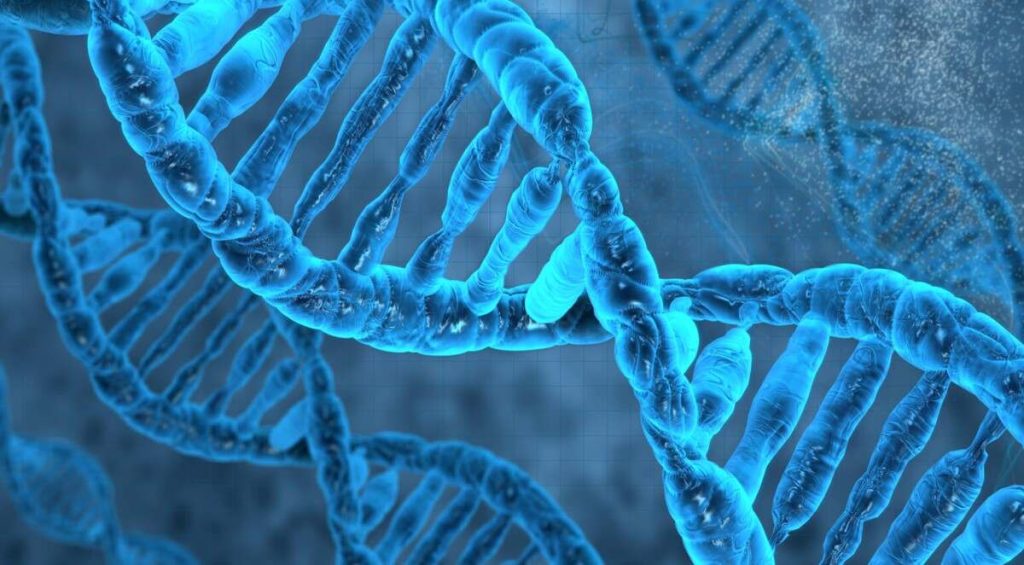A genome is all of a living thing’s genetic material. It is the entire set of hereditary instructions for building, running, and maintaining an organism, and passing life on to the next generation. The whole shebang.
In most living things, the genome is made of a chemical called DNA. The genome contains genes, which are packaged in chromosomes and affect specific characteristics of the organism.
Imagine these relationships as a set of Chinese boxes nested one inside the other. The largest box represents the genome. Inside it, a smaller box represents the chromosomes. Inside that is a box representing genes, and inside that, finally, is the smallest box, the DNA.
In short, the genome is divided into chromosomes, chromosomes contain genes, and genes are made of DNA.
The word ” genome ” was coined in about 1930, even though scientists didn’t know then what the genome was made of. They only knew that the genome was important enough, whatever it was, to have a name.

Each one of earth’s species has its own distinctive genome: the dog genome, the wheat genome, the genomes of the cow, cold virus, bok choy, Escherichia coli (a bacterium that lives in the human gut and in animal intestines), and so on.
So genomes belong to species, but they also belong to individuals. Every giraffe on the African savanna has a unique genome, as does every elephant, acacia tree, and ostrich. Unless you are an identical twin, your genome is different from that of every other person on earth—in fact, it is different from that of every other person who has ever lived.
Though unique, your genome is still recognizably a human genome. The difference is simply a matter of degree: The genome differences between two people are much smaller than the genome differences between people and our closest relatives, the chimpanzees.

